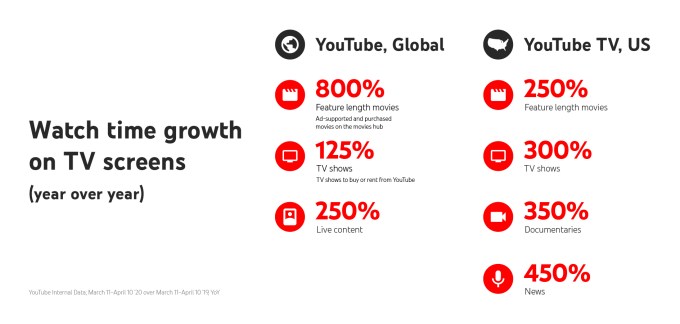As AI and machine learning technologies become increasingly mainstream, organizations worldwide are leveraging these tools to create innovative, data-driven products. AI excels in areas like pattern recognition, predictive analytics, and personalized user experiences — making it invaluable for data-rich environments.
The Foundation: Data Quality Matters
Before implementing AI solutions, you need robust data sets. Whether you’re working with existing data or collecting new information, remember that human interaction is always involved — either in data collection or product engagement. This makes UX design principles and data visualization critical considerations from day one.
1. Prioritize UX From the Start
Integrating user experience considerations early in model development ensures alignment across teams and creates valuable project guardrails. Take streaming service recommendations as an example:
- Pre-engagement: What user goals does this feature address? How will users discover it?
- Interaction: What information should be displayed? How are errors handled?
- Post-engagement: How is success measured? What follow-up actions exist?
By mapping these UX touchpoints, engineering teams can focus on collecting and processing only the most relevant data (like actor information and runtime for movie recommendations).
2. Champion Data Transparency
Users deserve clear explanations about how their data is used. Instead of burying details in terms and conditions:
- Embed rationale directly in the product interface (e.g., “This helps us improve your recommendations”)
- Explain model decision-making processes (like Google’s “Why this ad?” feature)
- Provide user controls over data usage
Transparency builds trust and empowers users to make informed choices about their engagement.
3. Implement Continuous Feedback Loops
User feedback is gold for both product teams and AI engineers. Effective strategies include:
- Allowing manual overrides (like Gmail’s “Mark as safe” option)
- Creating simple anomaly reporting mechanisms
- Designing targeted questions that yield actionable insights
These feedback systems enable ongoing model refinement and error correction.
4. Design for Accessibility
Inaccessible products create biased data sets, leading to exclusionary AI. Key considerations:
- Audit training data for demographic representation gaps
- Ensure collection platforms meet accessibility standards
- Remove financial and technical barriers to participation
For organizations serving specific communities (like LGBTQ+ youth), inclusive data practices are especially critical.
5. Build Fairness Metrics Into Your Framework
Fairness should be quantifiable from the outset. Best practices include:
- Analyzing model performance across demographic segments
- Establishing fairness thresholds and monitoring protocols
- Developing retraining plans for when biases emerge
Without demographic data, fairness measurement becomes impossible — making inclusive data collection essential.
The Ethical Imperative
Whether you’re new to AI development or a seasoned practitioner, prioritizing user impact is both a best practice and ethical obligation. AI systems reach millions and often operate in high-stakes scenarios. By adopting these UX-focused strategies, you’ll create more effective, trustworthy, and equitable AI solutions.
🚀 Technology Solutions & Recommendations
Enhance your tech capabilities with these cutting-edge products that complement the technological innovations discussed in this article:
🛍️ Featured Product 1: Hero Trip – Throw Pillow
 Image: Premium product showcase
Image: Premium product showcase
Just as AI personalizes user experiences, the Hero Trip Throw Pillow lets you personalize your workspace—a subtle reminder that even small details (like UX or decor) matter in creating a comfortable, inspiring environment.
**The Hero Trip – Throw Pillow isn’t just a cozy accent for your couch—it’s a small but meaningful way to personalize your space, much like AI tailors user experiences. Designed with vibrant, travel-inspired prints, this pillow adds a touch of adventure to your home while keeping comfort at the forefront. Whether you’re brainstorming AI-driven UX improvements or just need a soft place to rest after a long day of data analysis, this pillow blends style and function.**
Key Features:
- Soft, durable fabric for long-lasting comfort
- Vibrant, travel-themed designs to inspire creativity
- Removable cover for easy cleaning
- Perfect size (18x18) for sofas, beds, or reading nooks
🔗 View Product Details & Purchase
💡 Need Tech Consultation? Our technology experts are ready to help you implement the perfect solution for your digital transformation needs!












